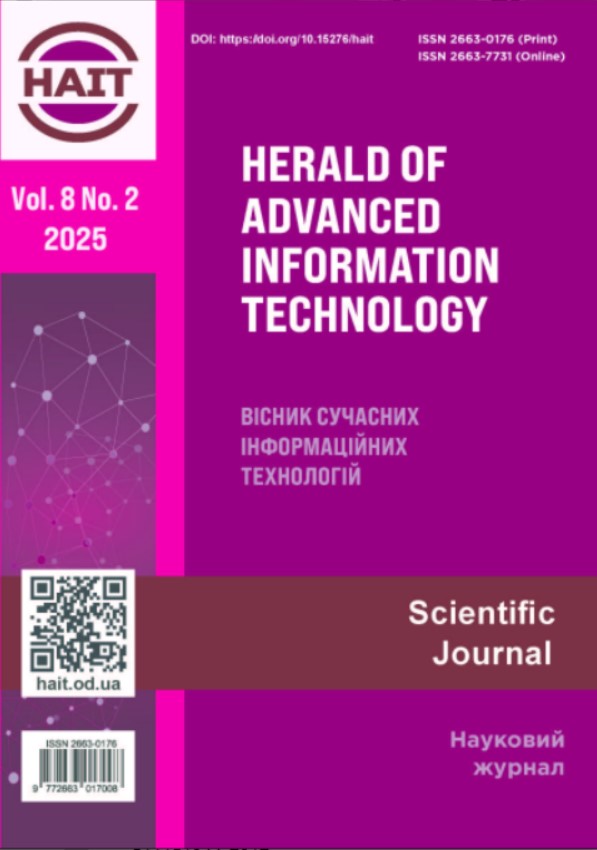Internet of Energy based cellular structures for distributed Microgrids
Main Article Content
Abstract
In the face of evolving global energy challenges and the urgent need for resilient, decentralized, and digitized power systems, the concept of the Internet of Energy (IoE) emerges as a transformative framework for modern energy infrastructure. This paper explores the development and implementation of IoE-based cellular structures within distributed Microgrids, with a focus on Ukraine’s critical need for energy security and system restoration. Embracing the “3D” paradigm – Decarbonization, Decentralization, and Digitalization –the proposed architecture organizes energy systems into interconnected energy cells. These cells leverage distributed energy resources, demand-side management, and Energy Cloud 4.0 technologies to enable real-time energy balancing, market participation, and transactive energy operations. The paper presents a comprehensive structure for Microgrids based on IoE principles, detailing energy cell typologies, control algorithms for cost optimization, and strategies for grid flexibility and reliability. It highlights how cellular architectures can ensure autonomous operation, enhance resilience to outages, and foster integration with the European energy market. Through modeling and simulation, the paper validates the feasibility of this approach, demonstrating significant improvements in energy cost efficiency, stability, and sustainability. To organize the work and interaction of cells, 5 types of energy cells (generators, prosumers, passive consumers, electric vehicles, utility) have been identified that interact and have impacts on all participants of the Microgrid: economic impacts (changes in consumer electricity bills and revenues from energy sales), technical impacts (changes in the network scheme, approaches to network planning and operation) and social impacts (support, reliability of consumption, reduction of CO2 emissions). The technical, economic, and social benefits of transitioning to IoE-based cellular Microgrids are a foundational element in rebuilding and future-proofing Ukraine’s energy sector.



